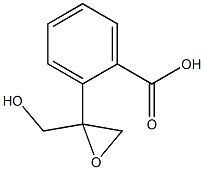bis(2,3-epoxypropyl) isophthalate
- CAS NO.:7195-43-9
- Empirical Formula: C14H14O6
- Molecular Weight: 278.25736
- EINECS: 2305645
- SAFETY DATA SHEET (SDS)
- Update Date: 2023-04-23 13:52:06

What is bis(2,3-epoxypropyl) isophthalate ?
Chemical properties
white solid
General Description
White solid.
Air & Water Reactions
Insoluble in water.
Reactivity Profile
bis(2,3-epoxypropyl) isophthalate is an ester. Esters react with acids to liberate heat along with alcohols and acids. Strong oxidizing acids may cause a vigorous reaction that is sufficiently exothermic to ignite the reaction products. Heat is also generated by the interaction of esters with caustic solutions. Flammable hydrogen is generated by mixing esters with alkali metals and hydrides.
Fire Hazard
Flash point data are not available for bis(2,3-epoxypropyl) isophthalate . bis(2,3-epoxypropyl) isophthalate is probably combustible.
Properties of bis(2,3-epoxypropyl) isophthalate
| Stability: | Stable. Combustible. Incompatible with strong oxidizing agents. |
| CAS DataBase Reference | 7195-43-9 |
| EPA Substance Registry System | Diglycidyl isophthalate (7195-43-9) |
Safety information for bis(2,3-epoxypropyl) isophthalate
Computed Descriptors for bis(2,3-epoxypropyl) isophthalate
New Products
TIN AAS SOLUTION SILVER AAS SOLUTION ANDRADES REAGENT SOLUTION GRAMS SAFRANINE STAINING SOLUTION PLATINUM AAS SOLUTION TUNGSTEN AAS SOLUTION Folic Acid Impurity G Desloratidine Related compound B Dabigatran Acyl-O2-D-Glucuronide Trifluoroacetic Acid Salt Eltrombopag N-Oxide Impurity Di-Nitroso Acyclovir Impurity K DLRD N-OxideRelated products of tetrahydrofuran
You may like
-
 7195-43-9 Isophthalic diglycidyl ester 98%View Details
7195-43-9 Isophthalic diglycidyl ester 98%View Details
7195-43-9 -
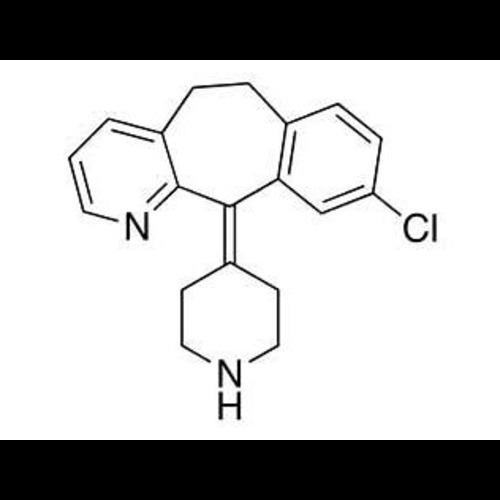 Dechloro DesloratadineView Details
Dechloro DesloratadineView Details -
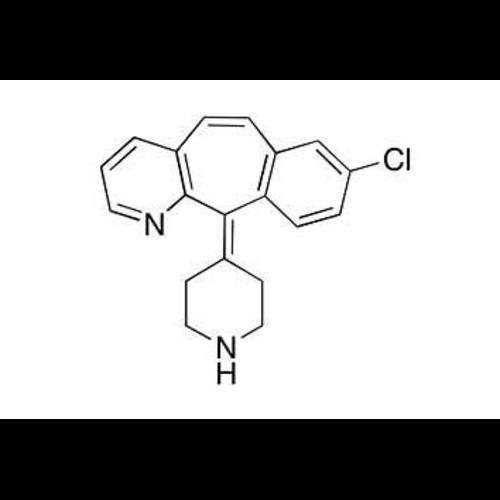 Dehydro DesloratadineView Details
Dehydro DesloratadineView Details -
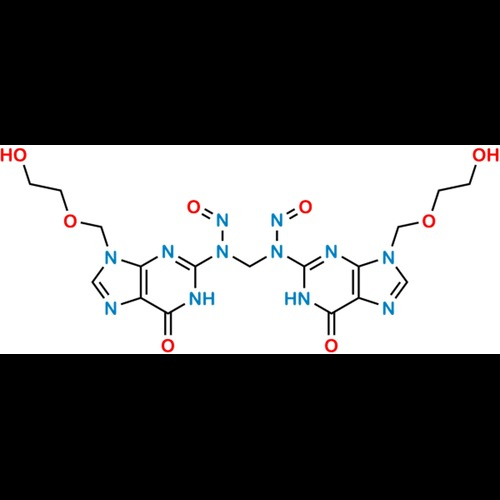 Di-nitroso Acyclovir Impurity KView Details
Di-nitroso Acyclovir Impurity KView Details -
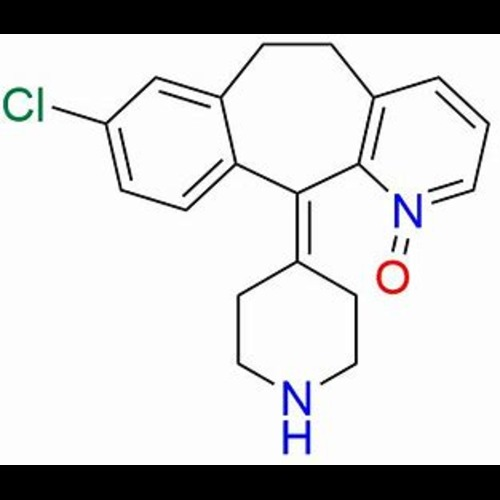 DLRD N-OxideView Details
DLRD N-OxideView Details -
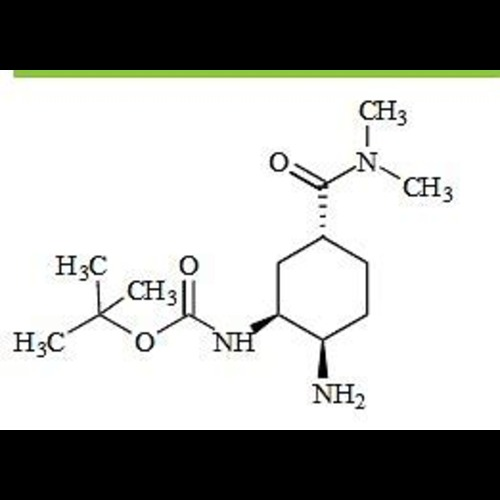 Edoxaban Impurity 57View Details
Edoxaban Impurity 57View Details
2089454-69-1 -
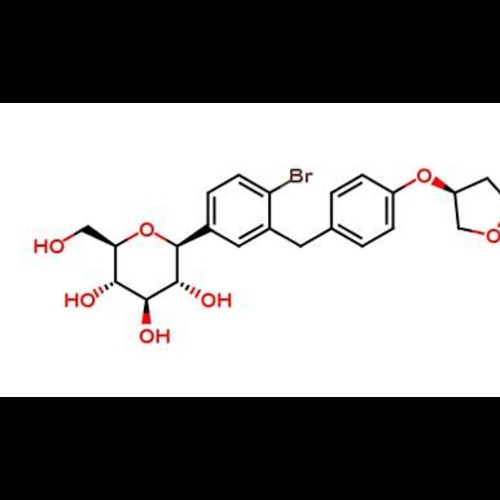 Empagliflozin Bromo ImpurityView Details
Empagliflozin Bromo ImpurityView Details -
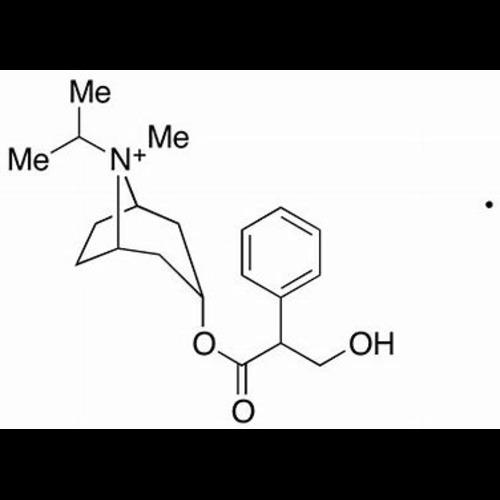 Ipratropium EP Impurity BView Details
Ipratropium EP Impurity BView Details
58073-59-9
Statement: All products displayed on this website are only used for non medical purposes such as industrial applications or scientific research, and cannot be used for clinical diagnosis or treatment of humans or animals. They are not medicinal or edible.
